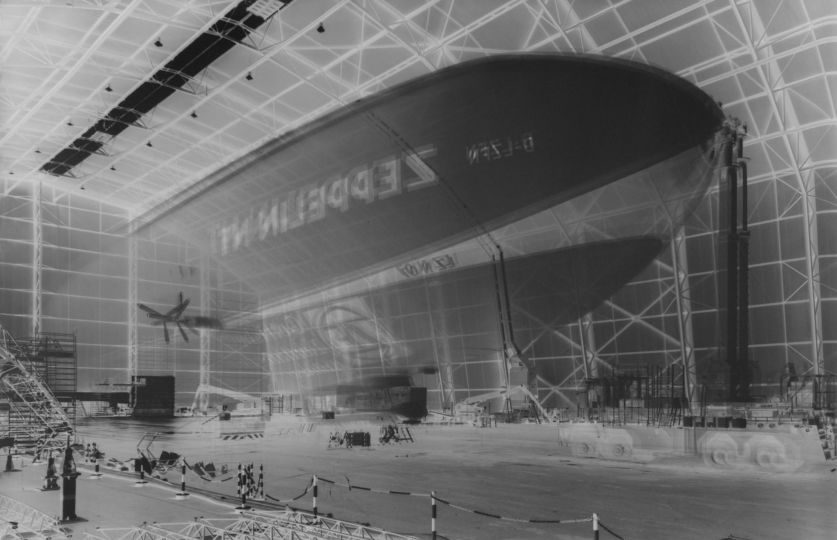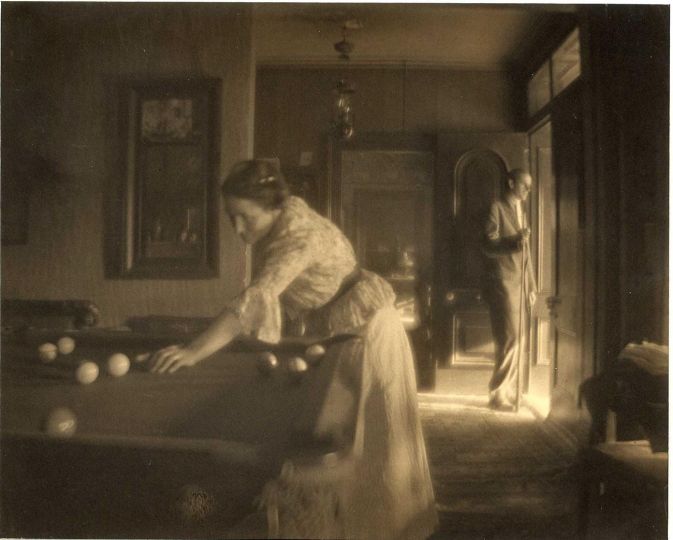Camera obscura. This is the instrument Vera Lutter uses to capture reality. And it also captures the expended time it takes for reality to impress itself on the light-sensitive paper. A huge and slow photography that does not care about the decisive moment or the potential of AI. It goes back to its roots, an exploration of light that produces spectacular images.
SPECTACULAR. An Exploration of Light by the German artist Vera Lutter is on show at the Fondazione MAST in Bologna until January 6, 2025, and brings together for the first time a large selection of her photographs, from the 1990s to the present day. They come from museums and private collections and are accompanied by an installation and unseen materials documenting the photographer’s creative process.
MAST Photo Galleries presents 20 large-scale works, unique pieces; they are large images, often obtained by composing the largest sensitive paper on the market. They certainly have an impact on the viewer, who finds himself immersed in them. With the feeling of being in the darkroom, as it often happens to Lutter: checking and observing, she places herself in the heart of the machine while the image is being produced.
Lutter practically uses and makes a darkroom for each image, the one best suited to capture the subject. They range from a suitably darkened room (the basic principle is always the pinhole), like the one in which she used to live in New York and from/through which she took her first image, to containers adapted for use (sometimes even suspended, like the one from which she took the photograph of the Effelsberg radio telescope.
Her work recalls the observers of the beginnings of photography and Fox Talbot’s ‘mousetraps’, the small dark chambers he used to leave around and from which he obtained his negatives. Lutter, unlike Talbot, does not seek the (in any case unique) negative from which to make infinite copies, but crystallises the process at this point. Her image (in negative) is her positive. In a single copy.
According to curator Francesco Zanot, “For Vera Lutter, photography from the window is decisive, just as it has been for many photographers since the dawn of this medium, starting with Niépce’s view of the rooftops at Le Gras and Daguerre’s Boulevard du Temple. The outside world penetrates through the pinhole and into the room, rendering the paper’s surface into a tangible testimony of this passage. It is a photograph, a sculpture, and the record of a (technical and scientific) phenomenon, as well as the photographer’s (physical and emotional) experience. Everything together, compressed into a single object”.
The exhibition at Fondazione MAST focuses on the issues of industry, work and infrastructure that support the movement of goods and people. The subjects of the images by Vera Lutter are buildings, industrial objects and machines. They all seem timeless and are monumental, like the cameras she uses to document them. These include the Battersea Power Station in London, the largest brick building in Europe, the Zeppelin, the largest flying machine ever built, and the Effelsberg radio telescope, with a record diameter of 100 metres.
“Vera Lutter’s works are also monumental in scale; they match industrial standards (she uses the largest prefabricated light-sensitive paper available) but they also question these standards (as she also uses a combination of multiple sheets to create polyptychs that are the result of pushing against imposed limits)”, Francesco Zanot adds.
To create the images, darkrooms ‘work’ with different time scales depending on the subject, from a few minutes to days. Even months. This is what the titles of Lutter’s works say. In the meantime, the author becomes part of the work (she “is” in the darkroom even if she is not recorded on the sensitised paper). It can also happen the subject is moved, as happened with the Zeppelin, which left a ghostly trace of its presence and absence in the same photograph.
Since one of the aims of the Fondazione MAST is to make photography and its values known to all, and since many visitors are at least intrigued by the inversion of the black and white tones, a real darkroom is located at the exit of the exhibition, large enough to enter and discover the wonder of the image being formed (upside down, of course).
The exhibition is accompanied by a catalogue published by Fondazione MAST,
A note: Emilia Romagna is probably the Italian region with the largest number of darkrooms (the size of a room) on its territory. To see them for real (and from the inside), in addition to the one at the Fondazione MAST, you can visit the Planetarium and Observatory of San Giovanni in Persiceto, a few kilometres from Bologna, and the Rocca di Fontanellato, near Parma, where an ‘optical chamber’ allows people to see what is happening in the square in front of it.
Vera Lutter. SPECTACULAR. An Exploration of Light
11 October 2024 – 6 January 2025
Fondazione MAST, Bologna
via Speranza, 42
40133 Bologna, Italy
https://www.mast.org/

























